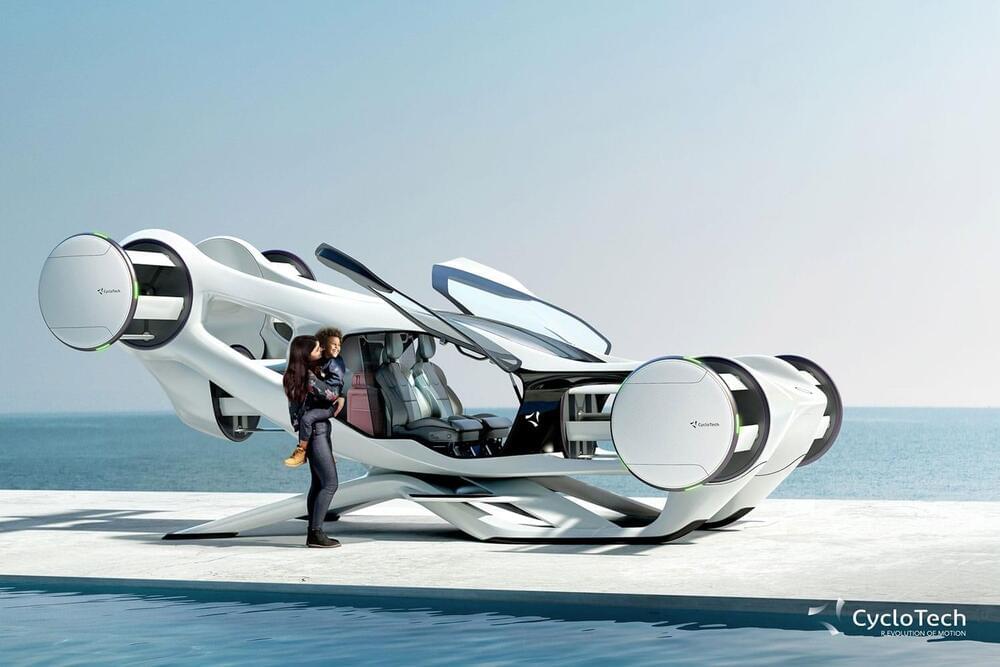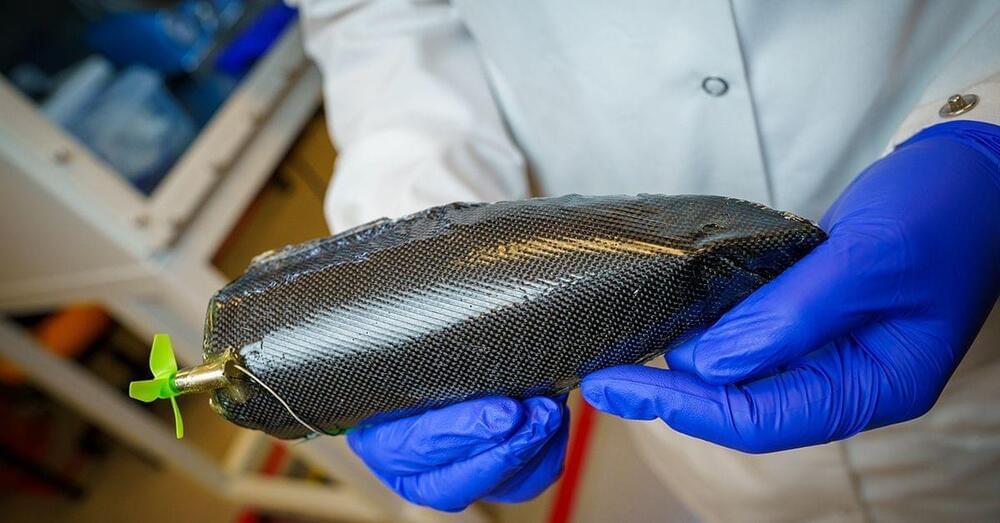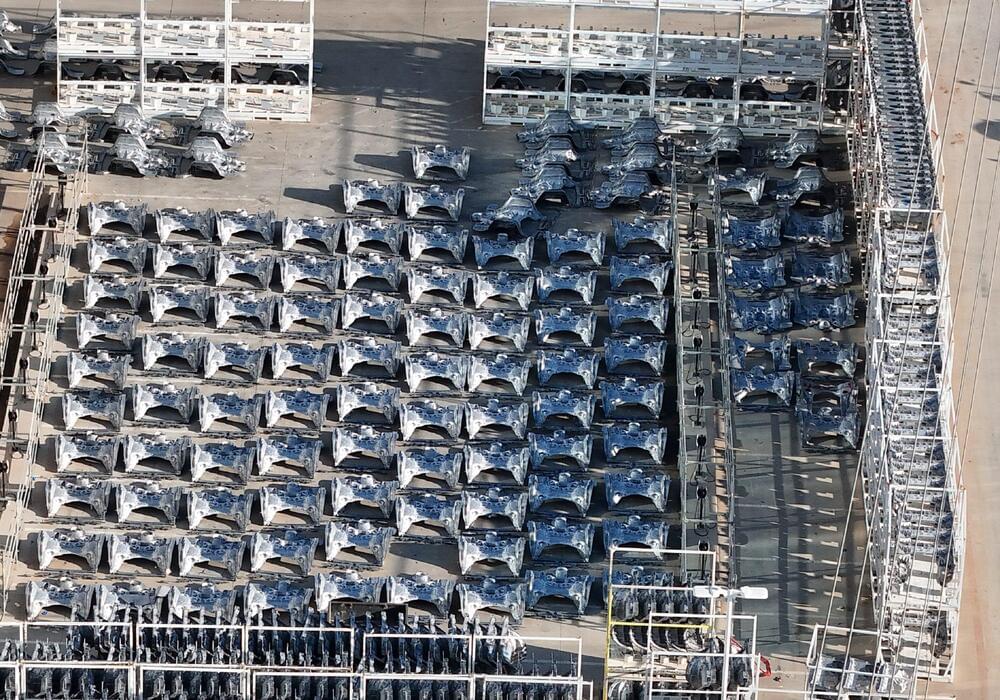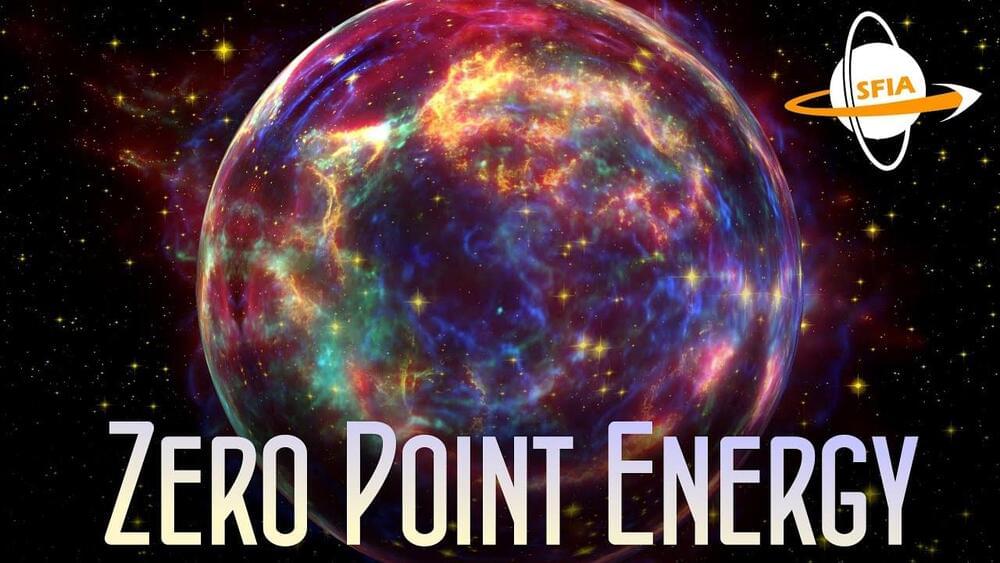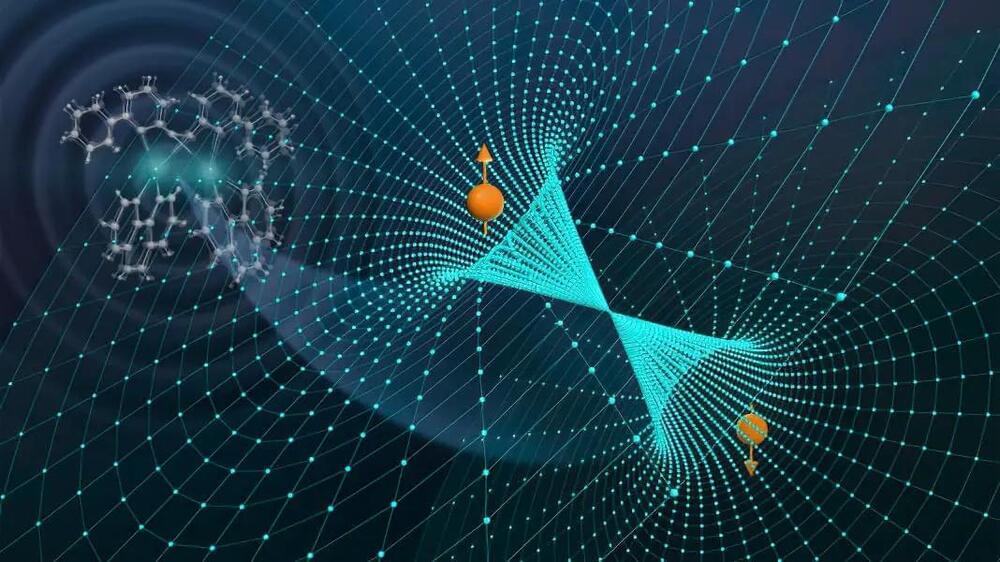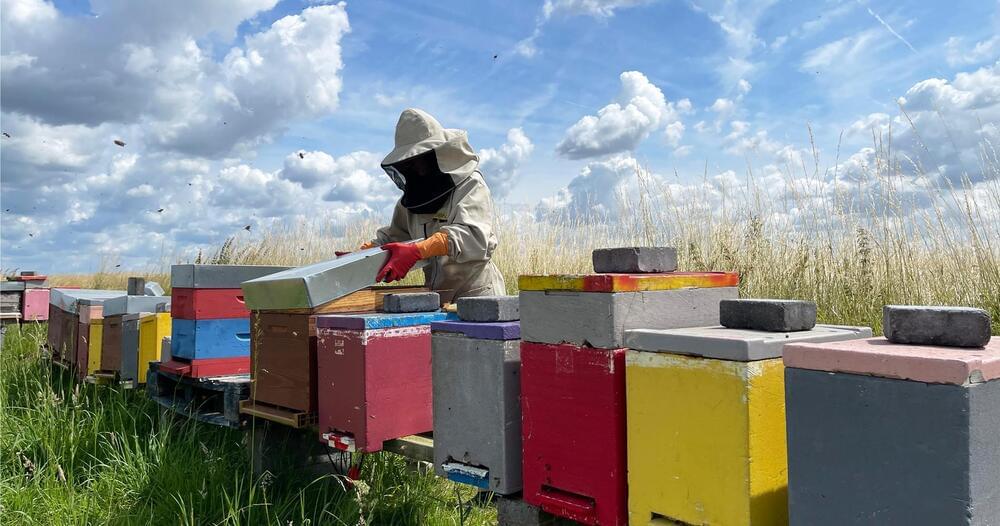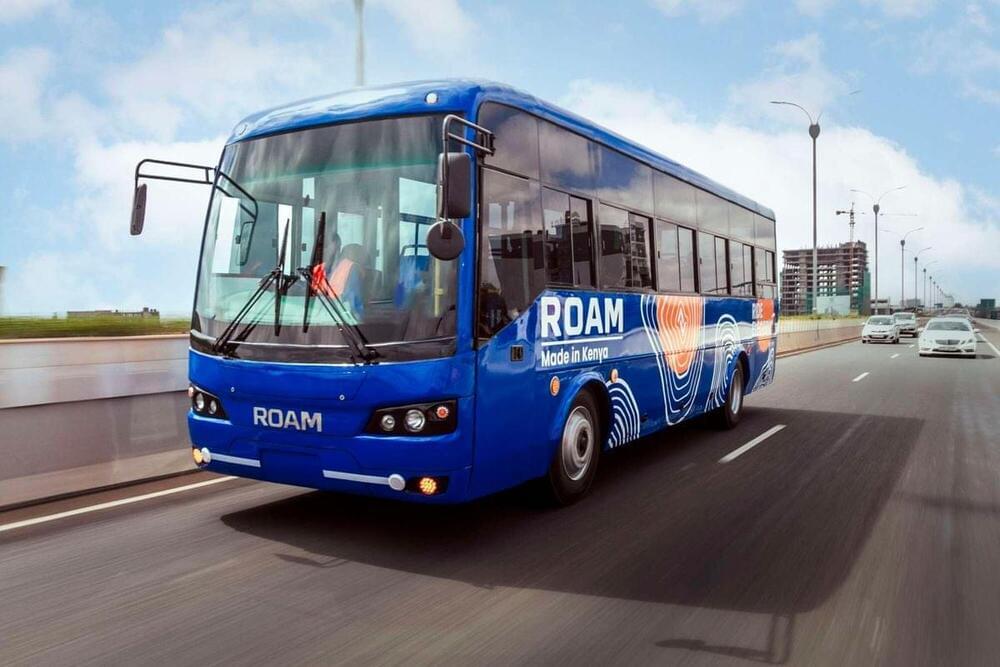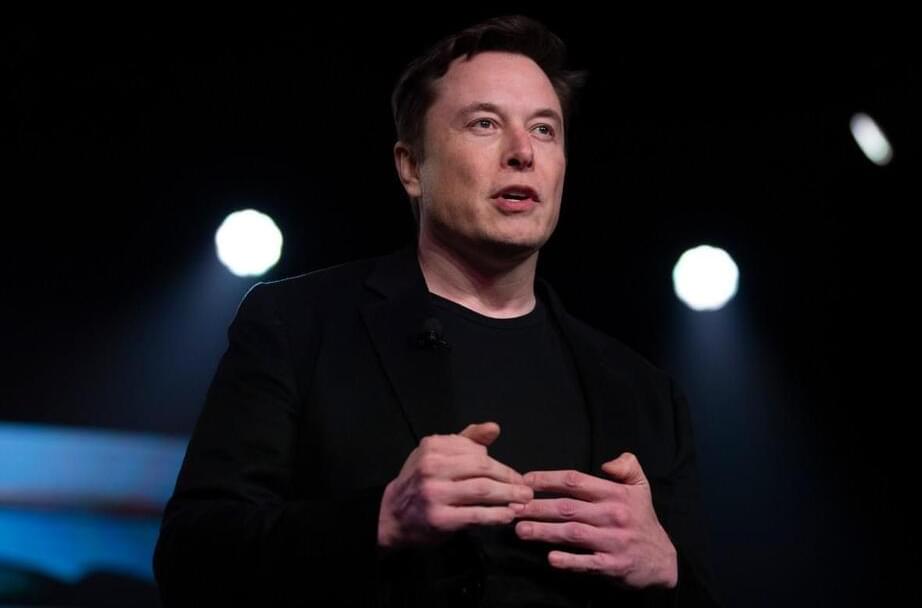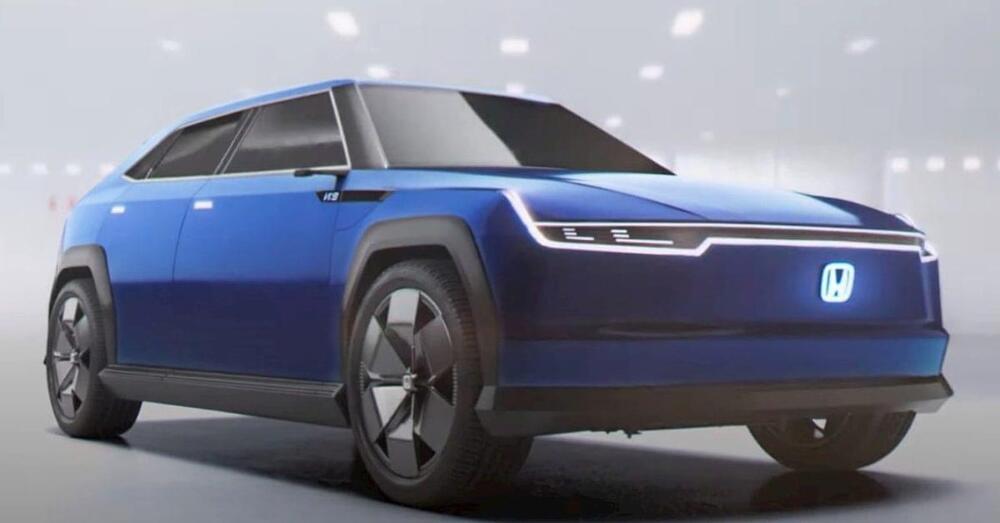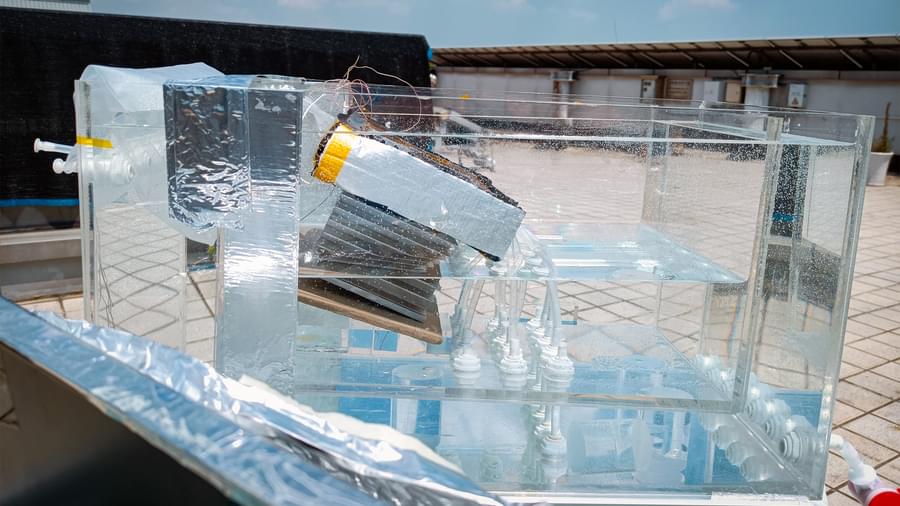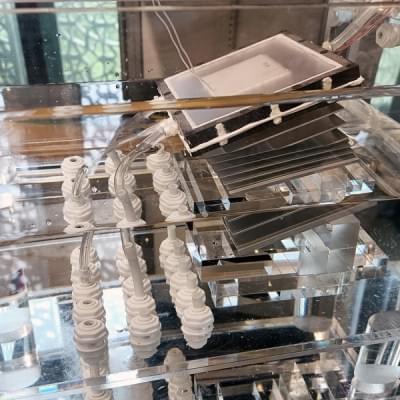Oct 7, 2023
CycloTech unveils its first CycloRotor-powered aircar
Posted by Shailesh Prasad in categories: sustainability, transportation
Austrian startup CycloTech has unveiled CruiseUp, an innovative air vehicle that showcases the benefits of CycloRotor technology and its 360-degree thrust vectoring capabilities, all within a compact, passenger-oriented design.
Drawing on 15 years of technology development, extensive wind tunnel testing, and experience from over 500 flights of its technology demonstrator, the CruiseUp concept is designed to meet the individual air mobility needs expected to emerge in the coming decade. The vehicle promises to unlock new possibilities for everyday activities, enabling comfortable, simple, and safe transportation while also promoting sustainability by replacing pollution-intensive ground-based transportation.
CruiseUp uses CycloRotors as its electric propulsion system. This system is unique because it encapsulates the moving parts, providing an extra layer of safety for both the environment and the two passengers.
